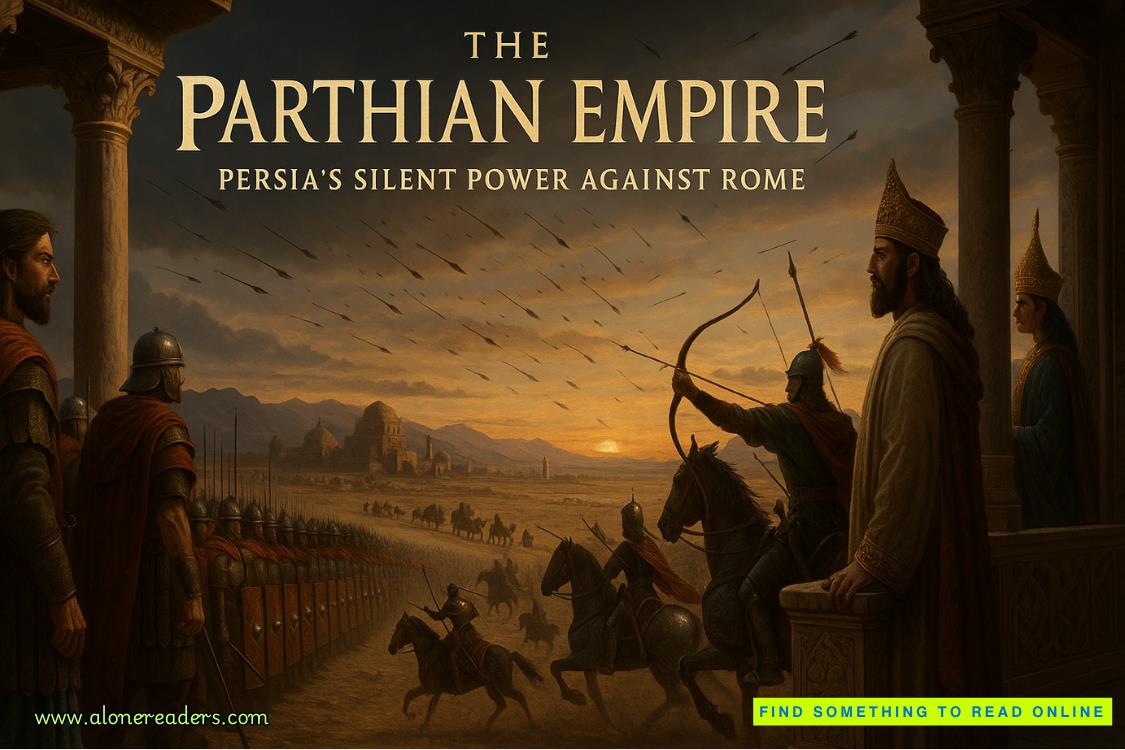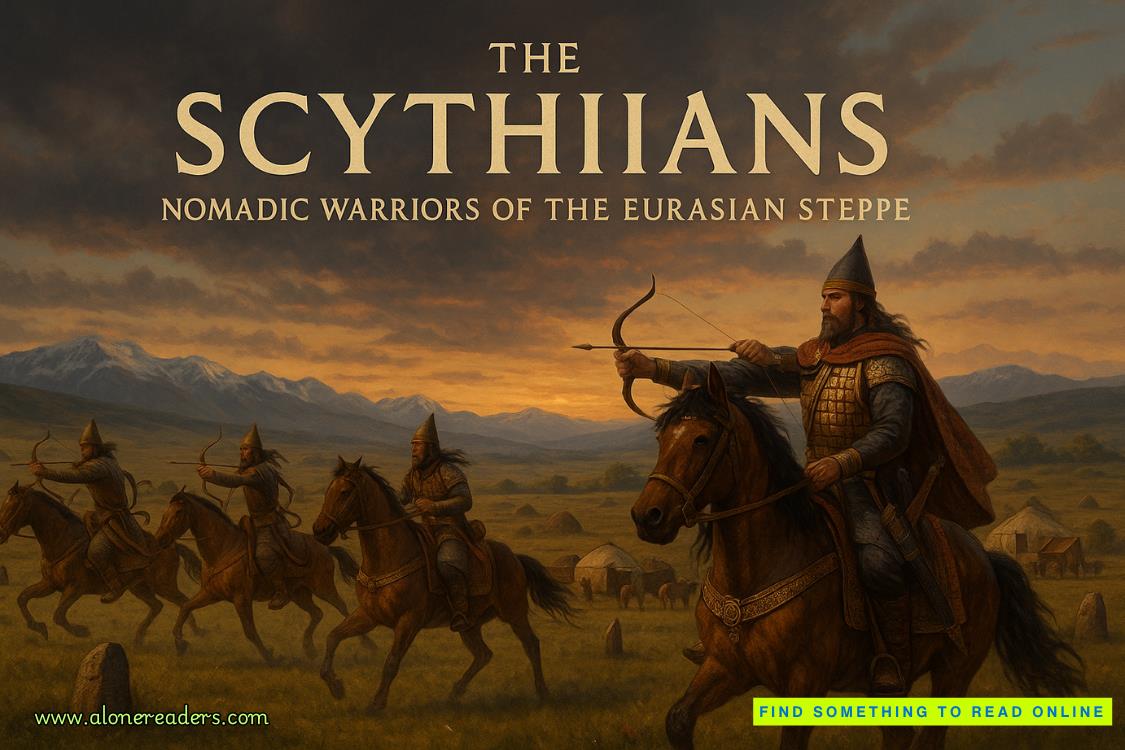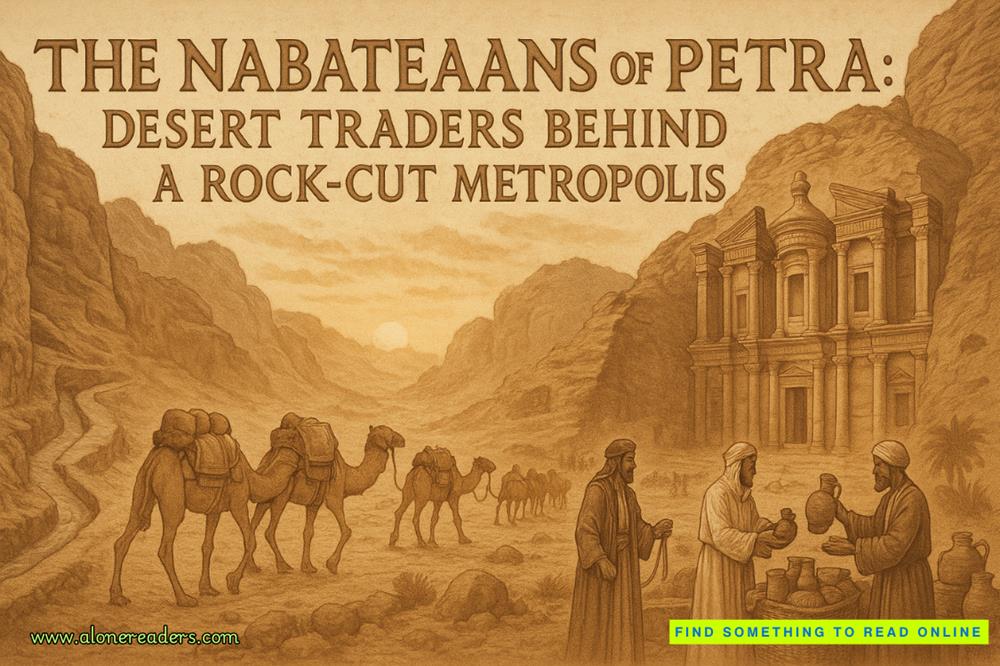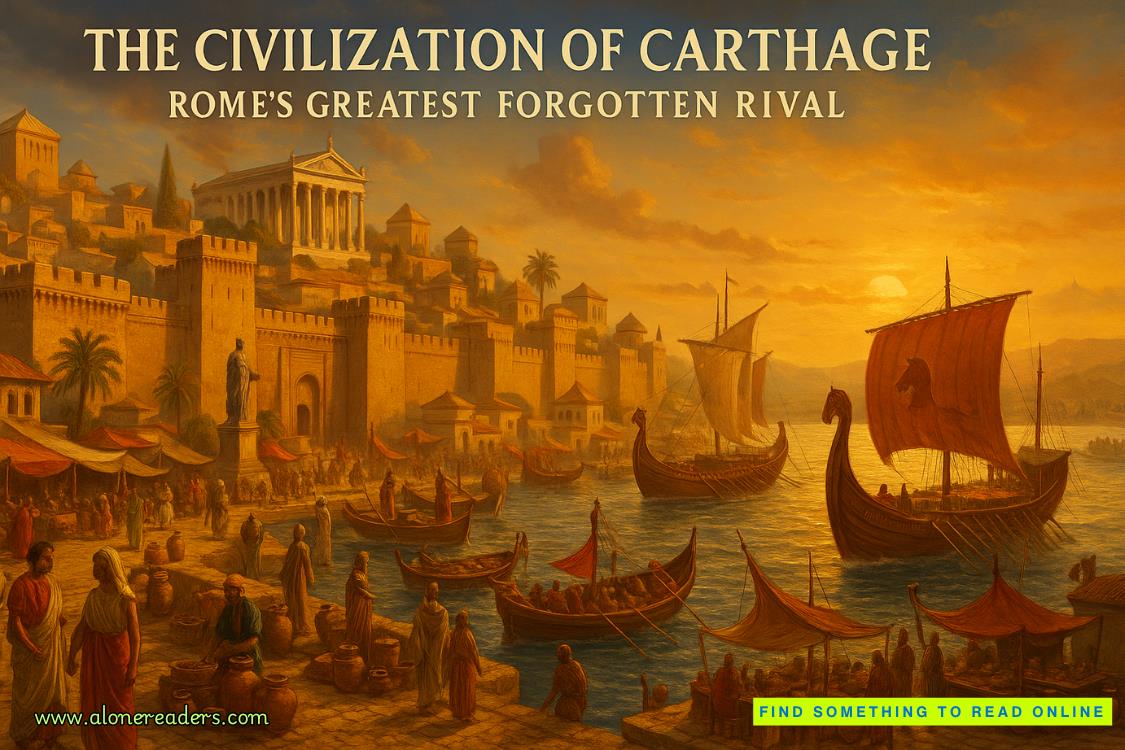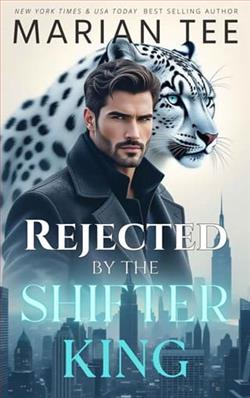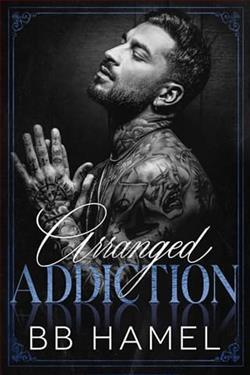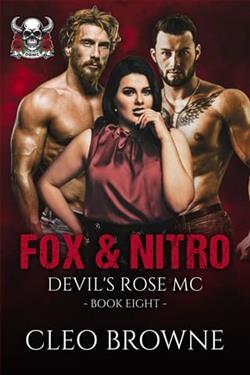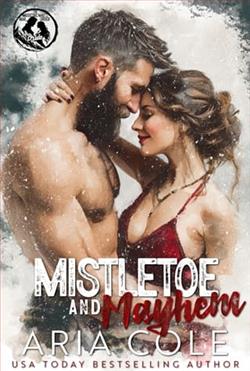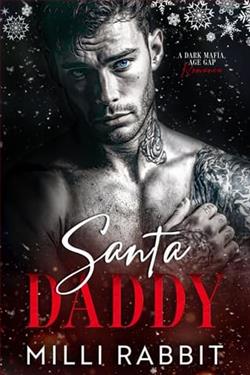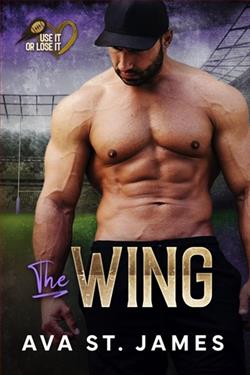Page 45 of Once Broken
“We should get something to eat then,” Ann Marie suggested.“Neither of us has had breakfast, and it’s going to be a long day.”
Riley nodded, feeling the hollowness in her stomach that she’d been ignoring since Hayes’ pre-dawn call.
“There’s a diner I noticed on the way here,” she said.“We can grab something quick before heading to the station.”
Hayes returned, sliding his phone into his pocket.“They’re setting up the interview.Hartley’s lawyer is throwing a fit about the early hour, but he’s on his way in.Should be ready in about ninety minutes.”
“We’re going to get some breakfast,” Riley informed him.“We’ll meet you at the station afterward.”
Hayes nodded.“I’ll finish up here, make sure we’ve documented everything properly.”He hesitated, then added, “Thanks for coming out so quickly this morning.Your insight...”He trailed off, seemingly uncomfortable with the admission that his own thinking had been woefully inadequate.
Riley spared him the need to continue.“We’re all after the same thing, Detective.Justice for the victims and an end to this killer’s activity.”
As the crime scene technicians prepared to remove Crystal Keene’s body, Riley and Ann Marie made their way out of the projection booth and down the narrow stairs.The theater below remained dimly lit, the screen no longer illuminated by the projector’s harsh white light.Their footsteps echoed in the empty space, a hollow sound that matched the grim reality of what they’d witnessed.
At the lobby, they paused to thank Ted Coonfield for his cooperation, promising to be in touch if they had further questions.The projectionist looked small and frail in the harsh morning light filtering through the glass doors, a man whose world had been irrevocably altered by violence that had nothing to do with him.
“I’ll drive,” Ann Marie offered as they stepped outside into the cool morning air.The sky had lightened to a pale blue, the sun just beginning to warm the streets of Atlanta.A few early commuters hurried past, oblivious to the horror contained within the old theater behind them.
Riley nodded, suddenly feeling the weight of the early wake-up call and the emotional toll of immersing herself in the killer’s mindset.As they walked toward their car, she found herself wondering what this day might bring—and who else was already in this killer’s sights.
CHAPTER EIGHTEEN
The café smelled of fresh coffee and warm pastry, a welcome contrast to the scent of burned film and death that still clung to Riley’s nostrils.She wrapped her hands around a steaming mug, drawing what comfort she could from its warmth.Across the laminate table, Ann Marie scrolled through her phone, hunting for connections between two films made decades ago.The breakfast crowd was sparse—a few early risers and night-shift workers heading home, allowing them a bubble of quiet in which to talk.
“You should eat something,” Ann Marie said without looking up from her phone, her free hand gesturing toward Riley’s untouched plate of scrambled eggs and toast.
Riley nodded absently, forcing herself to take a bite.Food was fuel, necessary even when appetite fled in the face of horror.The eggs were rubbery, the toast slightly burnt, but she chewed mechanically, knowing she needed the sustenance.
“Any luck finding connections between the films?”she asked.“Other than both featured scenes that our killer has recreated with meticulous attention to detail?”
Ann Marie’s brow furrowed in concentration.“I’m piecing it together, digging through a film history database, trying to find the common threads.The Night Walkerwas released in 1954, directed by Weston Black, famous for his film noir movies.The Broken Windowcame out three years later, in 1957, directed by someone named Chip Raines.”She scrolled further, her thumb flicking rapidly across the screen.“Both films were produced by the same studio—Herald Cry Productions.”
Riley watched her partner work, appreciating Ann Marie’s methodical approach.The younger agent had developed a reputation at the Academy for her research skills.
The waitress appeared beside their table, coffee pot in hand.“Refill?”she asked, her voice carrying the weariness of an overnight shift nearing its end.
Riley nodded gratefully, watching as the dark liquid streamed into her mug.
Riley finished her eggs, pushing the plate aside.“So we have two films, made by the same studio, both containing murder scenes that have now been recreated in real life.”
“And both were made during a period when Hollywood was being torn apart by the HUAC hearings,” Ann Marie added.“Careers destroyed, friendships betrayed, lives ruined by testimony like Roberta’s.”
“We need to know exactly who was involved in both productions.”
Ann Marie nodded, continuing her digital search.“I’m looking for cast and crew lists now.Here’sThe Night Walker.Director: Weston Black.Cinematographer: Craig Belt.Art Director: Lucas Simpson.Music by Willis O’Neill.Starring Charles Darrow, Roberta Rimes, Cleo Anderson, and Theodore Kent.”
She swiped to a different page.“And forThe Broken Window:Director: Chip Raines.Cinematographer: Craig Belt again.Same Art Director, Lucas Simpson.Music by Willis O’Neill again.Starring Charles Darrow, Cleo Anderson, and Theodore Kent again.”
“But not Roberta Rimes,” Riley observed.
"No.She testified to HUAC in 1955, right afterThe Night Walkermade her famous, but beforeThe Broken Windowwas produced.She wasn’t cast inThe Broken Window, and it doesn’t look like she ever worked with its director, Chip Raines.”
“So the films had different directors, but largely the same stars and production staff,” Riley observed.
“That wasn’t uncommon during the studio system era,” Ann Marie said.“Studios had people under contract.They would use the same personnel across multiple productions.”
Riley sighed.“The trouble is, all that overlap doesn’t help us narrow things down.”


